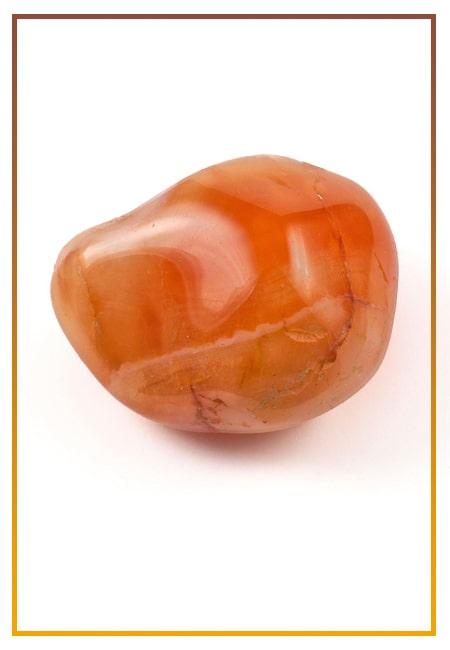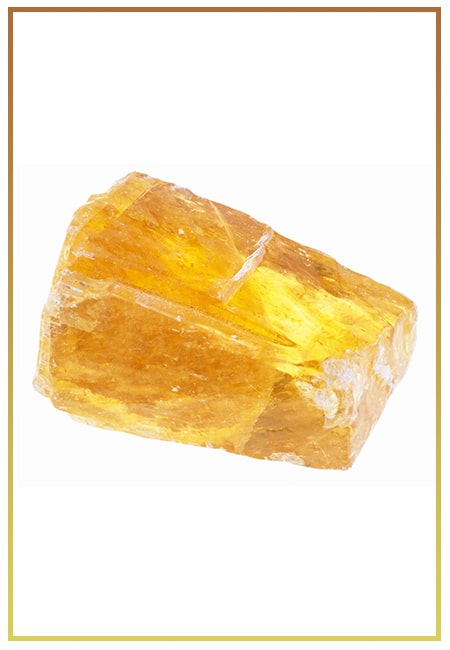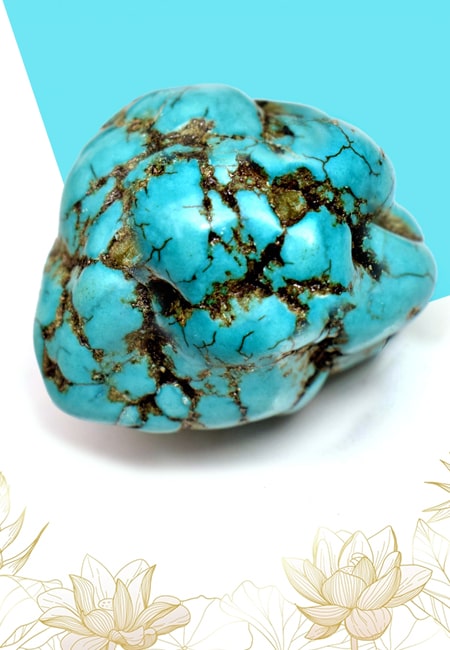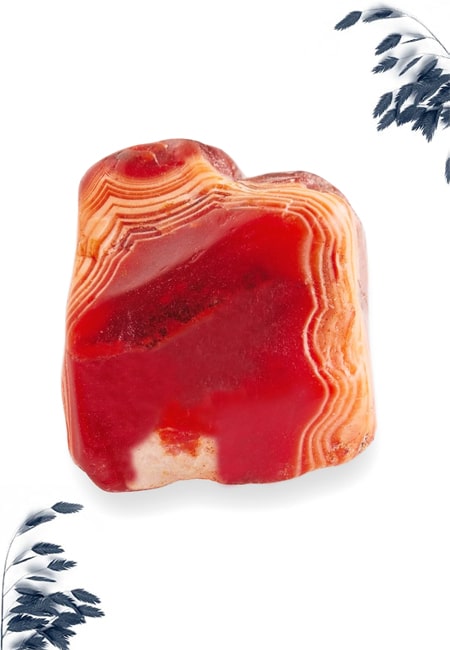- Written By Team DWS
- Festivals
- August 02, 2024
The Mythology Behind Nag Panchami: A Deep Dive into Serpent Worship
Nag Panchami, celebrated predominantly in India, is a festival dedicated to the worship of serpents (Nagas). Observed on the fifth day of the bright fortnight (Shukla Paksha) in the month of Shravan (July-August), this day holds deep cultural and religious significance for many communities. The practices, rituals, myths, and beliefs surrounding Nag Panchami provide a rich insight into the historical reverence for snakes in Indian society. This blog takes a deep dive into the mythology and practices associated with Nag Panchami, exploring why and how this tradition has persisted through centuries.
-dws638581662937820478.jpg)
The Origins of Nag Panchami
Nag Panchami can be traced back to ancient Vedic and Puranic texts. References to Nagas appear in several ancient scriptures, including the Rigveda, Mahabharata, and Ramayana. The Nagas, considered semi-divine or supernatural beings, are often depicted as having a human form with a serpent's lower body. They occupy a unique position in Hindu mythology, symbolizing both protection and danger.
The Significance of Serpents in Hindu Mythology
In Hindu mythology, serpents represent both creation and destruction. They are closely linked to water and fertility, often associated with rivers and other water bodies. Being creatures of the underworld, they symbolize rebirth, transformation, and the cyclical nature of life.
One of the most famous serpentine figures is Lord Shiva, who is depicted adorned with snakes. The revered river Ganga is also said to have made its way to Earth via the locks of Shiva's hair, signifying the divine connection between the spiritual and the earthly.
The Nagas in Puranic Texts
The Puranas, particularly the Bhagavata Purana and Vishnu Purana, provide rich narratives involving the Nagas. Naga-king Vasuki played a crucial role in the churning of the ocean (Samudra Manthan), seeking the nectar of immortality. Through such stories, the Nagas are seen as powerful entities that can manipulate the cosmic order, carrying both blessings and curses.
The Rituals of Nag Panchami
Worship Practices
On Nag Panchami, devotees typically perform various rituals to honor the serpents. These practices range from simple offerings to more elaborate ceremonies. Traditionally, devotees bring images or idols of snakes, often made of clay or metal, to their homes and temples.
- Ritual Offerings: Devotees offer milk, sugar, and rice to the serpents, believed to please them and garner their blessings. It is customary to pour milk on the images of snakes, as it is thought to nourish them.
- Floral Decorations: Marigold and other flowers are often used to adorn the snake idols, adding a colorful representation of devotion and respect.
- Recital of Mantras: Vedic hymns and chants dedicated to the Nagas are recited to invoke divine protection and prosperity. This practice emphasizes the sacred connection between the devotee and the serpent deities.
- Visiting Temples: Many devotees visit snake temples, particularly in areas known for serpent worship, such as Kerala and parts of Varanasi. The Kumarakom and Trayambak temples are notable pilgrimage sites during Nag Panchami.
Regional Variations
Different regions in India practice unique forms of worship for Nag Panchami. In Maharashtra, for instance, it is common for people to visit their fields and perform rituals to protect their crops from snake bites. In some communities, young girls conduct rituals for marital bliss and to attract suitable husbands, believing that the blessings of the Nagas will help in their quest.
Myths and Folklore of Nag Panchami
The Myth of Manasa Devi
One of the most famous myths surrounding Nag Panchami is the legend of Manasa Devi, the goddess of snakes. According to the tale, she was born to sage Kashyapa and a serpent, and despite being a universal goddess of fertility and rain, she was initially shunned by her family and community for her serpent lineage.
Manasa’s journey from rejection to acceptance is integral to Nag Panchami. Devotees often pray to her for protection against snake bites and to ward off ill fortune. Many local legends depict her as a benevolent protector who ensures prosperity and abundance to her worshippers.
The Story of Naga and a Sage
Nag Panchami, a festival celebrated in honor of serpents, is rich with mythological tales, including the poignant story of a sage and a Naga. During his fervent penance, a sage inadvertently stepped on a Naga, igniting the serpent's fury. In retaliation, the Naga struck, leading to the sage's untimely death. Devastated, the sage's disciples fervently prayed for his revival, pleading for forgiveness. Their heartfelt prayers reached the Naga's ears, who, recognizing the sage's sincerity and their inadvertent offense, restored him to life. This tale teaches the importance of respect for all beings and the power of forgiveness, themes that resonate deeply during the Nag Panchami celebrations.
-dws638581663172037752.jpg)
Below are some frequently asked questions (FAQs) about Nag Panchami:
1. What is Nag Panchami?
Nag Panchami is a Hindu festival celebrated to honor and worship Nagas (serpent deities). It occurs on the fifth day (Panchami) of the Shukla Paksha (waxing phase of the moon) during the month of Bhadrapada (August-September) in the Hindu calendar.
2. Why is Nag Panchami celebrated?
The festival is celebrated to seek blessings for health, prosperity, and the protection of householders from snake bites and other ailments related to Nagas. It is believed that worshipping these serpent deities brings peace and harmony.
3. How is Nag Panchami celebrated?
Celebrations involve rituals such as offering milk, honey, and flowers to snake idols and images. Devotees may visit temples dedicated to snake deities or construct makeshift snake idols using clay or turmeric. Some people also perform special prayers and recite hymns.
4. Are there any specific rituals associated with Nag Panchami?
Yes, devotees offer prayers during the early morning hours, bathe the idol or picture of Nag by pouring milk over it, and offer food items like rice and fruits. Some families also refrain from consuming certain foods, especially non-vegetarian items.
5. Why do people offer milk to snakes?
Milk is considered a delicacy and is believed to be a favorite of snakes in Hindu mythology. Offering milk symbolizes nurturing and respect for the serpent deities.
6. Is Nag Panchami celebrated in all parts of India?
While Nag Panchami is primarily observed in various parts of India, especially in rural areas, the methods and significance of the celebration can vary. In some regions, it is a prominent festival, while in others, it is observed in a more subdued manner.
7. What is the significance of Nagas in Hindu mythology?
Nagas are considered powerful beings intertwined with water and fertility. They are often associated with the cycle of life and death. Many tales in Hindu mythology involve Nagas, including their appearances in the epics like the Mahabharata.
8. What should one avoid during Nag Panchami?
Devotees generally avoid killing snakes or harming them in any way, as Nag Panchami emphasizes respect for these deities. Some people also refrain from consuming certain foods and try to maintain a vegetarian diet during this time.
9. Can anyone participate in Nag Panchami?
Yes, Nag Panchami is open to everyone, regardless of castes, creeds, or communities. It is a festival that focuses on compassion and reverence for nature.
10. Are there any specific prayers or mantras recited on this day?
Yes, devotees often recite mantras and prayers dedicated to Nagas, such as "Naga Devaaya Namah," as well as hymns from scriptures or traditional texts dedicated to snake deities.
Popular on Blogs

Black Tourmaline: Meaning, Healing Properties, Fascinating Facts, Powerful Attributes, Versatile Uses, and Beyond
September 05, 2023 / BY Team DWS
Black Tourmaline, also known as Schorl, is a highly revered crystal with incredible metaphysical properties. It derives its name from the Dutch word "turamali," meaning "stone with ..

Carnelian Stone: Meaning, Healing Properties, Power, Facts, Color, Uses and More
December 26, 2023 / BY Team DWS
Carnelian is a vibrant and captivating gemstone that holds a plethora of meanings, healing properties, and powers. Its warm and fiery energy makes it a popular choice among crystal ..

Citrine: Exploring its Meaning, Healing Properties, Fascinating Facts, Powers, Versatile Uses, and Much More
November 18, 2023 / BY Team DWS
Citrine, with its warm golden hues, has captured the attention and imagination of people for centuries. This beautiful gemstone, commonly associated with wealth and prosperity, hol ..

Black Onyx: Unveiling the Meaning, Healing Properties, Fascinating Facts, Powerful Attributes, Versatile Uses, and Beyond
July 25, 2023 / BY Team DWS
Black Onyx, a striking gemstone admired for its deep black hue and elegant appearance, has captivated people for centuries. In this comprehensive guide, we will delve into the mean ..

Unveiling the Mysteries of Turquoise Stone: Exploring its Meaning, Healing Properties, Power, Facts, Color, Uses, and More
December 05, 2023 / BY Team DWS
Turquoise, with its captivating blue-green hue, has been adorning jewelry and artifacts for centuries. This striking stone has a rich history, rich symbolism, and a plethora of int ..

The History Behind The Popularity of Red Agate
December 23, 2022 / BY Team DWS
An Agate is a type of magma rock that takes many years till it is washed out naturally into the water. And that is the reason this stone has elements of water. This beautiful stone ..

Plan a Perfect Valentine's Week with Our Valentine Week List 2025
January 22, 2024 / BY Team DWS
Valentine's Day is undoubtedly the most romantic day of the year, but we believe that one day is just not enough to express your love and make your partner feel special. That's why ..

Bloodstone: Unveiling the Meaning, Healing Properties, Facts, Powers, Uses, and More
August 21, 2023 / BY Team DWS
Bloodstone, with its captivating deep green color with specks of red, is a mesmerizing gemstone that has fascinated civilizations for centuries. It possesses unique healing propert ..


